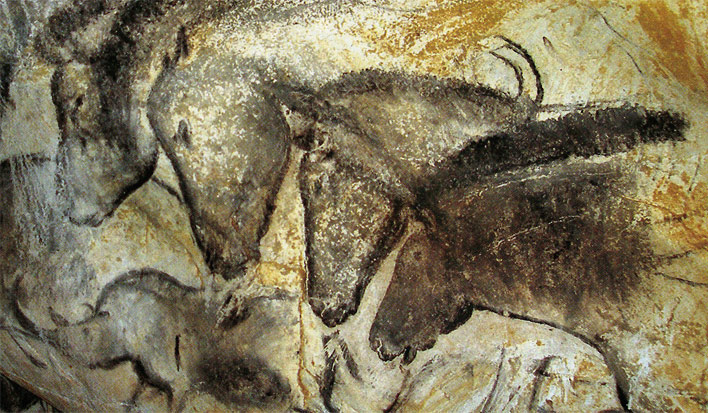
Paleolithic Beginnings
Animal drawings in the Chauvet–Pont d’Arc, Ardèche, France. Britannica.com.
The desire to cultivate a sense of the transcendent began the moment we became modern man. From 40,000–35,000 years ago, our ancestors first began to conceive of a tiered cosmos—a spirit world above, an underworld below, and the mortal world in-between. Deep within the caves of the mortal world they devised rituals to transcend and engage the spirit world—an idea that has been with us ever since.
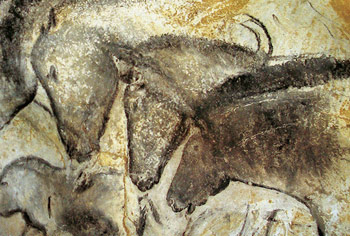
Becoming Human
During the Paleolithic era, Cro-Magnon’s artistic and creative expression reached a critical mass as seen in cave paintings all over Europe, Asia, Siberia, Australia and Africa.
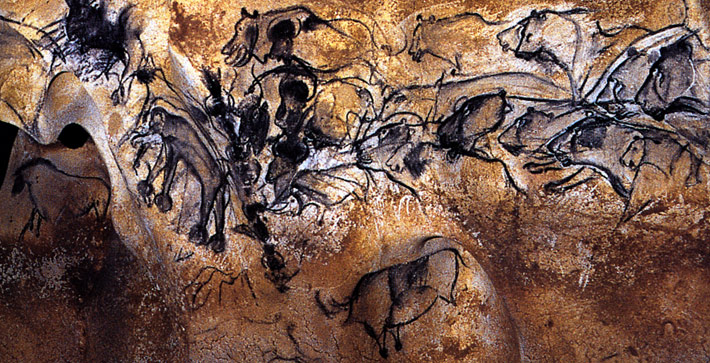
Creativity in Response to Crisis
The most intense artistic activity happened just as the Ice Age reached its most severe phase (approximately 40,000–15,000 years ago). Then about 10,000 years ago, it virtually disappeared as the Ice Age ended. Is there a connection?
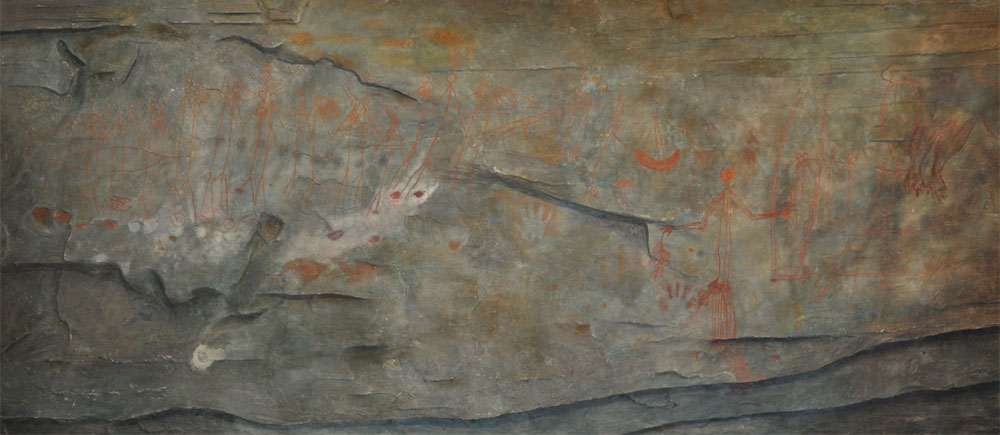
Connecting with the Spirit World
Many cave paintings were likely created as part of a ritual that took place in underground environments, and in which our ancient ancestors re-created and re-worked their out-of-body visions.
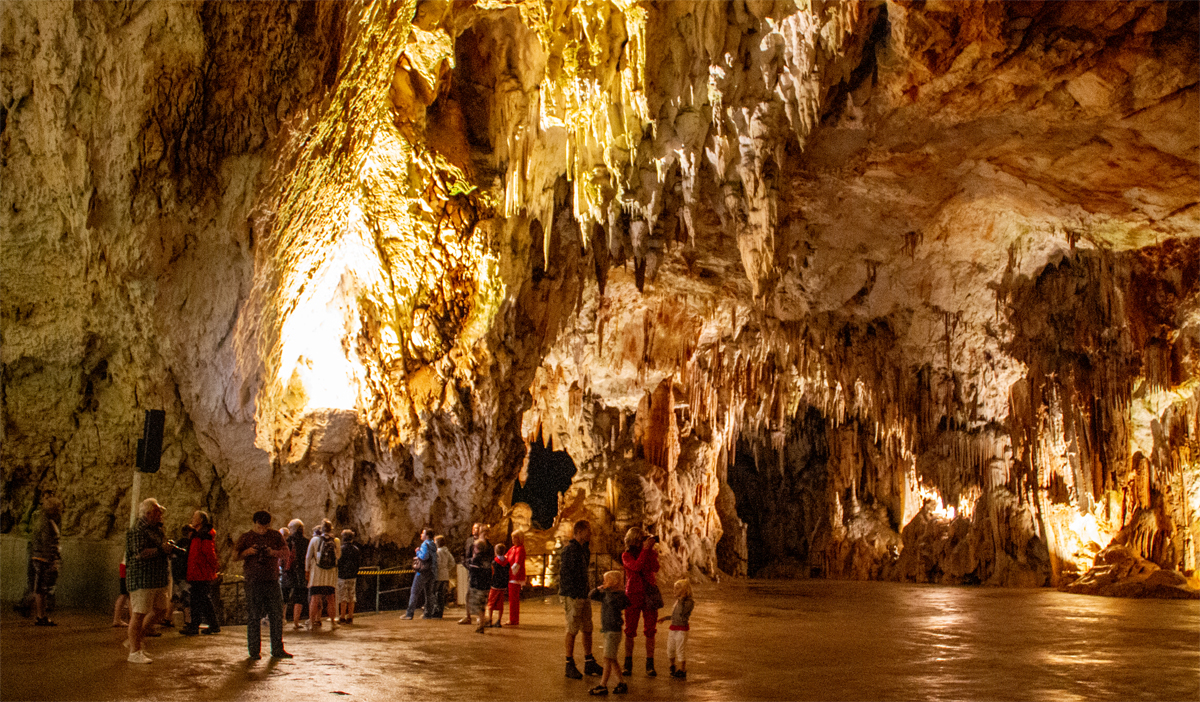
The Prehistoric Use of Sound in Caves
Subterranean echoes were very likely understood by our Paleolithic ancestors to be the voices of spirits. Their reverberating acoustics appeared to come from deep inside the cave walls, thought to be portals to the spirit world.

The Human Trance State and the Idea of a Three-Tiered Universe
There is a common concept shared by different shamanic traditions around the world since prehistory, that cannot be accounted for by communication or migration, and is likely rooted in the human ability to access altered states.
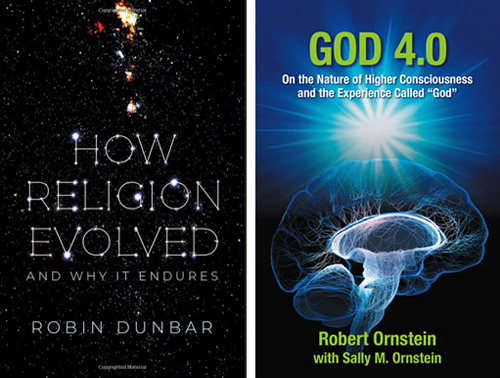
A Contemporary Look at the Nature of Religious Experience
Review by George Kasabov
Contributing Writer
People can persuade themselves of anything. Many believe that death is a transition to a transcendental world, that miracles occur through the will of God, or that our lives are ruled by immaterial spirits. How is it that, in our scientific age, when we have learned so much about the evolution of the universe and the nature of life, so many still cling to such beliefs? Why is it that faith – belief in the unprovable – is considered a virtue?
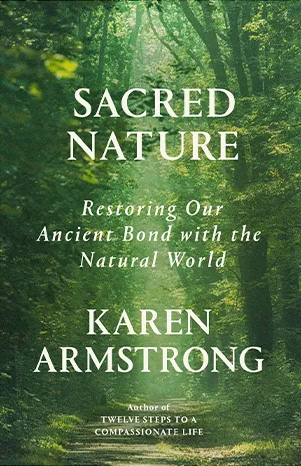
Returning to the Spirit in “Sacred Nature”
A review of Sacred Nature by Karen Armstrong
A staggering 33 million people have been internally displaced in Pakistan. Because climate change is likely to have played a role in the heavy rains, the displaced can be considered “climate refugees”— a term that the novelist Fatima Bhutto urges us remember, as we will all be impacted by climate change, and many of us will become migrants as a result, if we haven’t already.
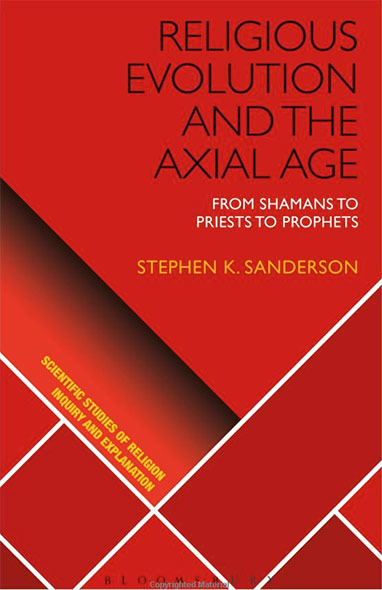
Religious Evolution and the Axial Age
From Shamans to Priests to Prophets
Hardcover edition 2018
Reported by Sally Mallam
Contributing Writer
Why are there are so many different types of religion and how and why has religion evolved over time? The answer lies in both our biological and our sociocultural evolution.
In the series: Ideas that Shaped Our Modern World
- Connecting with the Gods
- Axial Age Thought
- Jesus: Origins of Christianity
- Muhammad: Origins of Islam
- The Journey of Classical Greek Culture to the West
- Stories and Storytelling
- A Contemporary Look at the Nature of Religious Experience
- Returning to the Spirit in “Sacred Nature”
- Religious Evolution and the Axial Age
